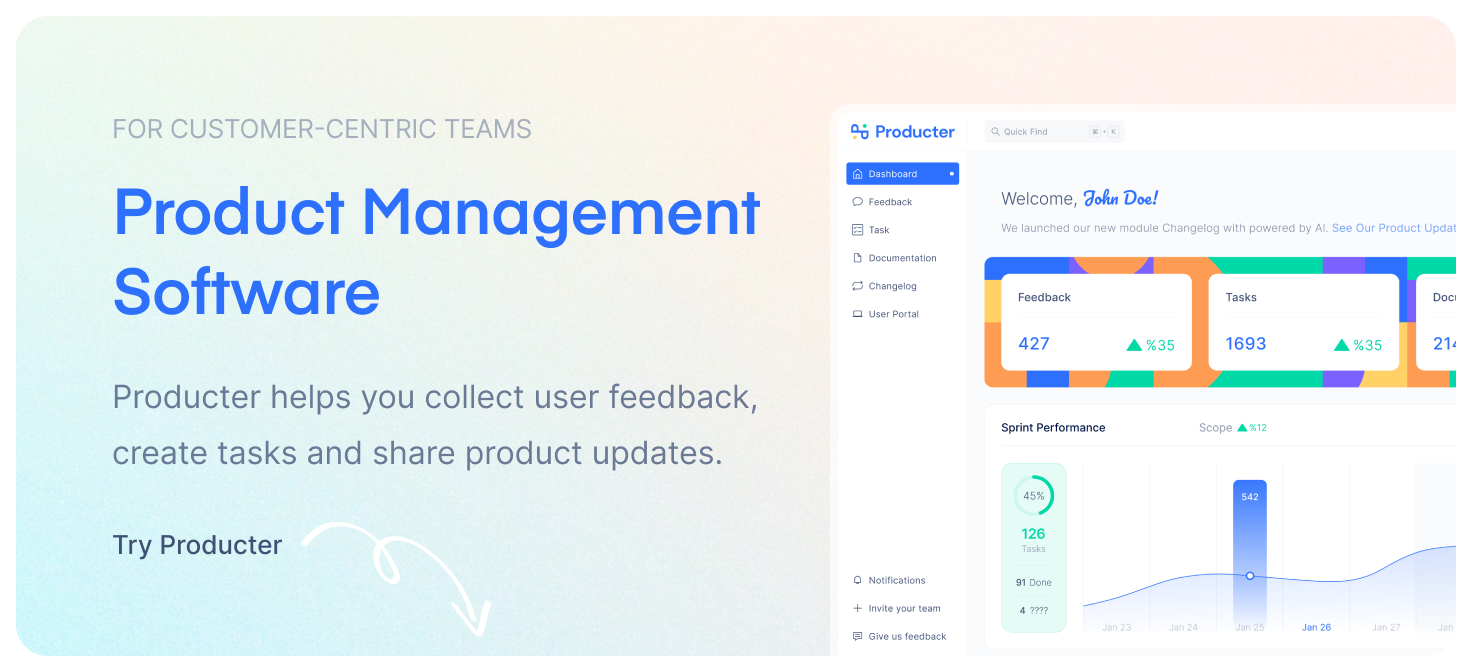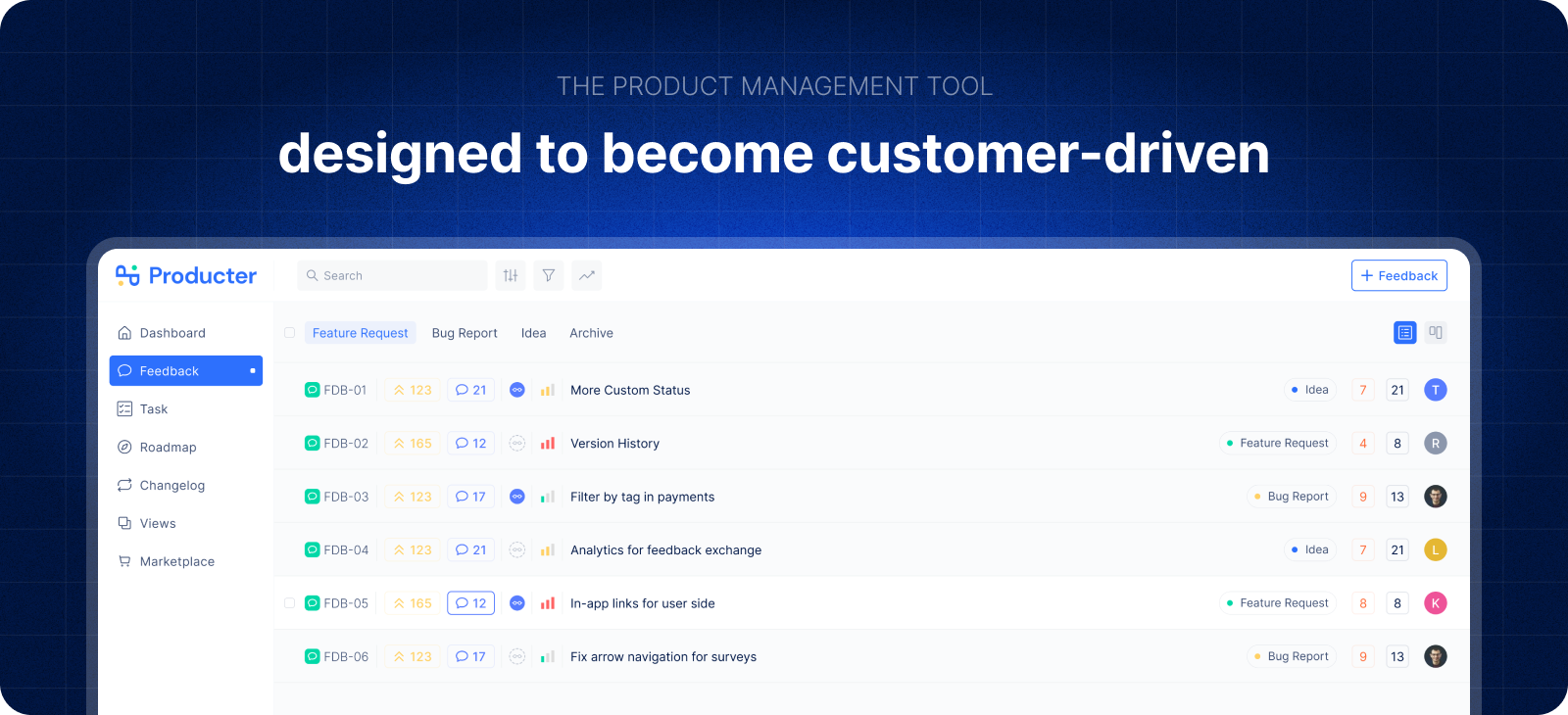Customer segmentation is the process of dividing a customer base into distinct groups of individuals that share similar characteristics. Businesses use customer segmentation to better understand their target market and develop marketing strategies that are tailored to specific groups of customers.
Customer Segmentation Types
There are many different ways to segment a customer base. Some common methods include geographic segmentation, demographic segmentation, and psychographic segmentation.

Geographic Segmentation:
Geographic segmentation is the process of dividing a market into smaller groups based on specific geographic locations. This can be done in a number of ways, including by country, region, city, or even neighborhood.
One advantage of geographic segmentation is that it allows businesses to tailor their products or services to the specific needs of a particular location. For example, a company selling snowboards might want to target its marketing efforts towards people living in areas with high levels of snowfall.
Another advantage of this type of segmentation is that it can help businesses to save money on marketing costs by targeting only those areas that are most likely to result in sales. For example, a company selling beach umbrellas would probably not bother advertising in locations that rarely get any sun.
There are a few potential disadvantages to geographic segmentation as well. One is that it can be difficult to change a company’s geographic focus once it has been established. Another is that some markets may be too small to justify the costs of targeting them specifically.
Demographic Segmentation:
Demographic segmentation is the process of dividing a population into subgroups based on shared characteristics. The most common demographic variables used in segmentation are age, gender, income, and ethnicity

Age:
Age is one of the most commonly used demographic variables in customer segmentation. Marketers often target specific age groups with their products and advertising. For example, baby boomers (those born between 1946 and 1964) are often targeted with retirement-related products, while Generation X (those born between 1965 and 1980) and Generation Y (those born between 1981 and 1996) are more likely to be targeted with tech-related products.
Gender:
Gender is another important demographic variable used in customer segmentation. In many cases, products and advertising are targeted specifically at either men or women. For example, beauty products are often targeted at women, while cars and power tools are often targeted at men.
Income:
Income is another common demographic variable used for customer segmentation. Marketers often target specific income levels with their products and advertising. For example, luxury brands may target those with high incomes, while budget brands may target those with low incomes.
Ethnicity:
Ethnicity is another demographic variable that can be used for customer segmentation. In many cases, products and advertising are targeted specifically at certain ethnic groups. For example, hair care products may be targeted at African Americans, while Hispanic-specific foods may be targeted at Hispanic consumers.
Psychographic Segmentation
Psychographic segmentation is a method of dividing consumers into groups based on their shared psychological characteristics. This approach to market segmentation attempts to identify segments of consumers with similar lifestyles, personality types, and values.
By understanding the needs, wants, and attitudes of these different groups, businesses can better tailor their marketing efforts to appeal to each segment. Psychographic segmentation can be used in conjunction with other methods of market segmentation, such as demographic or geographic segmentation.
There are several different ways to psychographically segment consumers. Some common methods include:
-Lifestyle Segmentation:
This approach looks at how consumers live their lives and what kinds of activities they enjoy. For example, someone who enjoys spending time outdoors and is interested in fitness might be classified as an "outdoor enthusiast."
-Personality Segmentation
This method looks at consumers' personality types and identifies segments based on shared traits. For example, introverts and extroverts would likely be placed in different segments.
-Values Segmentation
This approach considers the values that are important to consumers and groups them accordingly. For example, someone who places a high importance on environmental sustainability might be classified as an "eco-conscious" consumer.
When using psychographic segmentation, it is important to consider the different types of consumers that make up each segment. For example, a segment might be made up of young adults who are single and live in urban areas. However, within this segment there will be sub-groups of consumers with different needs and wants. As such, businesses need to tailor their marketing efforts to appeal to the specific needs of each sub-group.
Psychographic segmentation can be a powerful tool for businesses, but it is important to use it correctly in order to achieve the best results. When used properly, psychographic segmentation can help businesses better understand their target audience and create more effective marketing campaigns.
Behavioral segmentation:
Behavioral segmentation is a type of market segmentation that involves grouping customers together based on their observed behaviors. This type of segmentation can be useful for businesses because it allows them to target marketing activities specifically at groups of customers who are likely to respond positively to those activities.
There are a variety of different behaviors that businesses can use to segment their customer base, but some common examples include things like purchase history, frequency of shopping, and online activity. Additionally, businesses can often combine behavioral data with other types of data (like demographic data) to further refine their segments.
Benefits of behavioral segmentation include the ability to better tailor marketing messages and offers to specific groups of customers, as well as the potential to increase customer loyalty and satisfaction by providing a more personalized experience.
How is customer segmentation different from market segmentation?
There are a few key ways in which customer segmentation is different from market segmentation. The first way is that customer segmentation focuses on identifying groups of customers based on shared characteristics, while market segmentation looks at dividing up a market based on demographic or geographic factors. Additionally, customer segmentation often uses more detailed data than market segmentation, such as purchasing history or behavioral data. Finally, while market segments can be relatively stable over time, customer segments can change quite rapidly as individual customers' needs and preferences evolve.
Benefits of customer segmentation
By segmenting your customers, you can more easily target your marketing and sales efforts, resulting in a more efficient use of resources and improved customer relationships. Additionally, segmentation can help you better understand your customers’ needs and how to best serve them.
When done correctly, customer segmentation can provide many benefits for your business, including:
Improved customer satisfaction:
When you segment your customers, you can tailor your products and services to better meet their needs, which can result in increased customer satisfaction.
Increased sales:
By targeting your marketing and sales efforts to specific segments of your customer base, you can generate more sales from the same amount of marketing spend.
Improved ROI :
Segmentation can help you improve your return on investment (ROI) by allowing you to focus your resources on the most promising segments of your customer base.
Reduced costs
By segmenting your customers, you can more efficiently use your marketing and advertising budgets, resulting in reduced overall costs.
Improved customer loyalty
When you segment your customers, you can develop more targeted loyalty programs that are more effective at retaining customers.
Increased market share
By targeting specific segments of the market, you can expand your share of that market.
Producter is a product management tool designed to become customer-driven.
It helps you collect feedback, manage tasks, sharing product updates, creating product docs, and tracking roadmap.






